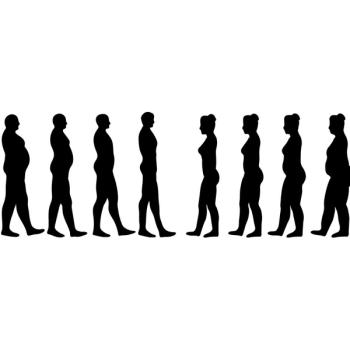
CDC: More Than 1 in 5 US Adults are Not Physically Active Enough
Updated state maps released today by the CDC show physical inactivity in the US differs by state, region, race, and ethnicity.
Approximately 25% of US adults are physically inactive, meaning they have not participated in activities such as running or gardening outside of work in the past month, according to updated state maps released today by the
“Getting enough physical activity could prevent 1 in 10 premature deaths,” said Ruth Petersen, MD, director of the CDC’s Division of Nutrition, Physical Activity, and Obesity, in a
The new estimates are based on combined 2017-2020 data from the Behavioral Risk Factor Surveillance System, an ongoing state-based telephone survey conducted by the CDC and state health departments for 52 jurisdictions (49 states, the District of Columbia, Guam, and Puerto Rico).
Survey respondents were asked if, in the past month, they participated in any physical activity outside of work. Persons who responded “no” were classified as physically inactive.
The prevalence of physical inactivity was highest in the South (27.5%), followed by the Midwest (25.2%), Northeast (24.7%) and the West (21%), according to the CDC.
Inactivity exceeded 30% in 7 states and 1 territory: Alabama (30.7%), Arkansas (31.1%), Kentucky (32.5%), Louisiana (30.8%), Mississippi (33.2%), Oklahoma (30.5%), West Virginia (30.1%), and Puerto Rico (49.4%).
The state with the lowest level of physical inactivity was Colorado (17.7%).
In addition, the agency pointed to “notable differences” in the prevalence of inactivity by race and ethnicity. Overall, Hispanic adults (32.1%) had the highest prevalence of physical inactivity, followed by non-Hispanic Black adults (30%), non-Hispanic American Indian/Alaskan Native adults (29.1%), non-Hispanic White adults (23%), and non-Hispanic Asian adults (20.1%).
The maps also showed that the prevalence of physical inactivity was ≥30% among:
- Non-Hispanic Asian adults in Alaska, Montana, and Guam.
- Non-Hispanic White adults in Arkansas, Kentucky, Mississippi, Oklahoma, and West Virginia.
- Non-Hispanic American Indian/Alaska Native adults in 27 states.
- Non-Hispanic Black adults in 23 states and the District of Columbia.
- Hispanic adults in 25 states and Puerto Rico.
The racial and ethnic disparities may be due to a “lack of access to safe and convenient places to be physically active,” according to the CDC. Current US Department of Health and Human Services
The CDC noted that it is currently working with communities and partners to improve physical activity levels through the
Newsletter
Enhance your clinical practice with the Patient Care newsletter, offering the latest evidence-based guidelines, diagnostic insights, and treatment strategies for primary care physicians.
























































































































































































































































































